Fleece: composition description, pros and cons
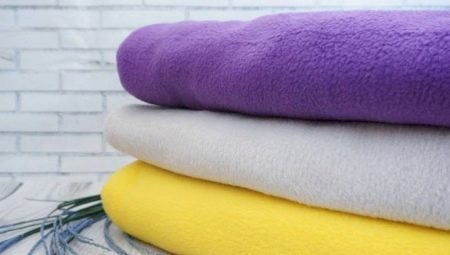
The modern choice of different fabrics allows you to choose the material that suits it perfectly for every occasion. The same fleece today seems to be an integral attribute of human civilization, therefore many would be surprised to learn that this material is not even half a century old. Nevertheless, even now it has become so firmly established in everyday use that it deserves much more attention.

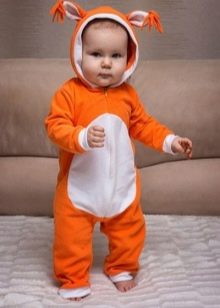

What is this fabric?
The very name of fleece specifically indicates what effect its creators were trying to achieve - from English fleece is translated as pile or wool. However, the original fabric was a natural product, but the fleece material is made from polyester and some other synthetic threads. The beginning of the production of this matter was laid in 1979.
The short description usually says that fleece is just as warm as wool, without interfering with the "breathing" of the body, which is a very useful addition.

This is not the end of the advantages of complex synthetics over a natural counterpart, because fleece is even less in weight, is able to repel water, and is also relatively simple in everyday care.
The fleece looks somewhat unusual, its surface is dotted with small lumps, which additionally help to keep warm. High heat-saving properties determine the scope of this material, but its unusual appearance often forces manufacturers to use it rather as a lining.However, the same sweatshirts are quite often made of fleece itself, and it is with the example of such clothes that it is easiest to imagine how it looks.
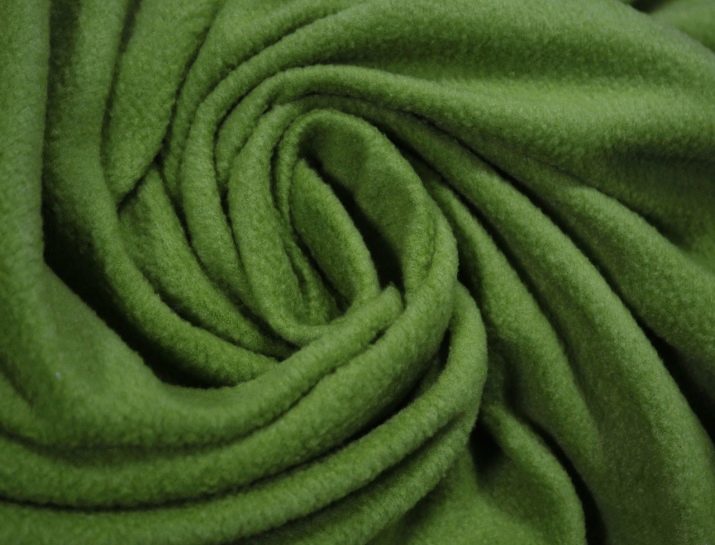
Properties
Despite the abundant presence of cavities and gaps between synthetic fibers in the structure of the fabric, fleece never shrinks and does not allow clothes to change their original shape, which greatly simplifies sewing various things from it. In addition, the fleece fabric can be dyed well in any color and does not fade even under the influence of a large amount of moisture. In its pure form, this material stretches well, which additionally prevents the appearance of tears.
If we talk about the positive features that have become the reason for the rapid spread of fleece around the world in a matter of decades, then we cannot fail to highlight a few points.
- Low weight. Such material involves sewing warm, but at the same time rather light clothes, which is especially important in the case of children or people who find themselves in difficult conditions.
- Elasticity. Fleece clothing is well suited for any kind of activity, which is why it is often chosen by athletes and those who are not alien to daily exercises. If a piece of clothing presupposes strict adherence to the original shape, then only an insulating lining is made of fleece material, and because of its lightness and elasticity, it does not interfere with the regular use of such a suit.
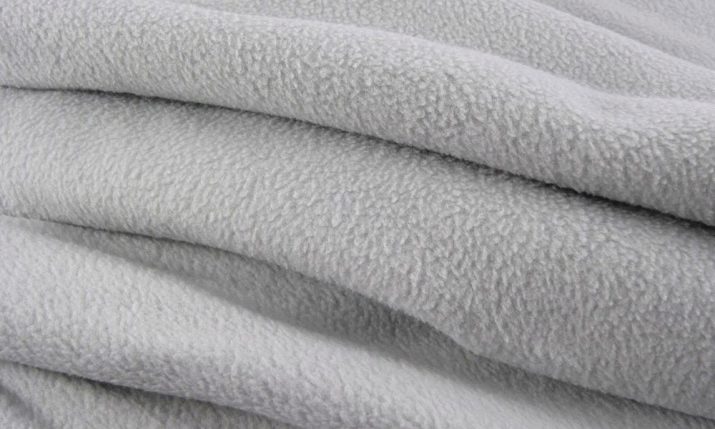
- Ease of maintenance. Fleece is machine washable, so all the advantages of modern technology can be used to make it easier to care for.
- High drying speed. Due to the abundance of cavities, the fleece material is not able to absorb too much water, therefore, products made from it dry very quickly after washing. This allows you not to overload your wardrobe by using a small number of things.
- Strength and durability. For these two indicators that determine the durability of clothing, fleece does not belong to the unambiguous leaders - on the contrary, its indicators are rather average. Another thing is that the majority of analogues with comparable positive qualities, against the background of fleece matter, turn out to be fragile and easily torn, therefore even average strength can be considered an advantage.
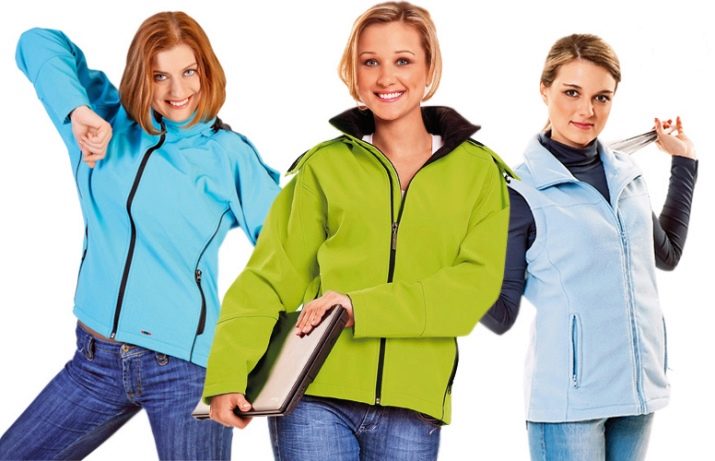
- The ability to retain heat. What is interesting is that this parameter, for which fleece is usually praised, is also estimated by experts as an average rating, since there are much warmer types of fabrics. Another thing is that for the conditions of a temperate climatic zone, the heat-saving abilities of fleece are just enough - in the cool season it is able to effectively protect from the cold, without leading to overheating of the body. Warmer materials are also needed in certain conditions, but there are not so many people in the world who are constantly faced with such low temperatures, but fleece is a kind of golden mean.
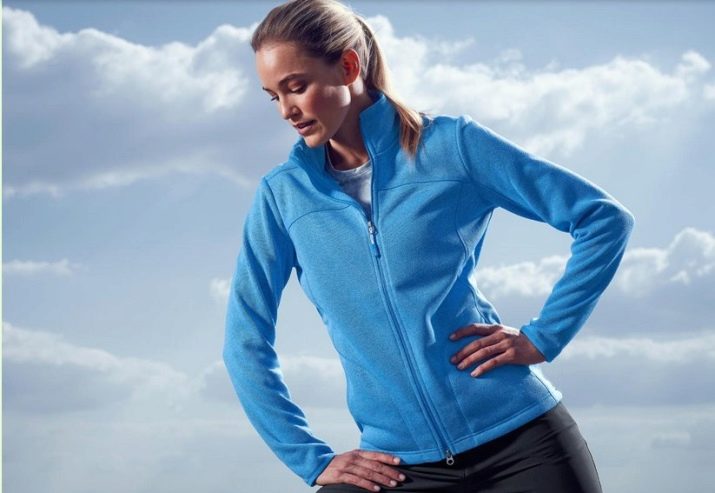
- Biological stability. The big problem with almost all tissues of natural origin is that they can be a comfortable environment for the habitation and reproduction of various microorganisms. At best, this leads to rapid damage to clothes, at worst, it can become a problem for the owner if uninvited guests provoke illness. Fleece is made from fibers that cannot be of interest to bacteria, so they do not linger on its surface.
- The ability to keep warm even when wet. Getting wet warm clothes always becomes a huge problem - as a rule, after taking in water with its high thermal conductivity, it loses all its warming ability. Fleece fabric, even when wet, copes with this task better than competitors, moreover, it dries very quickly.
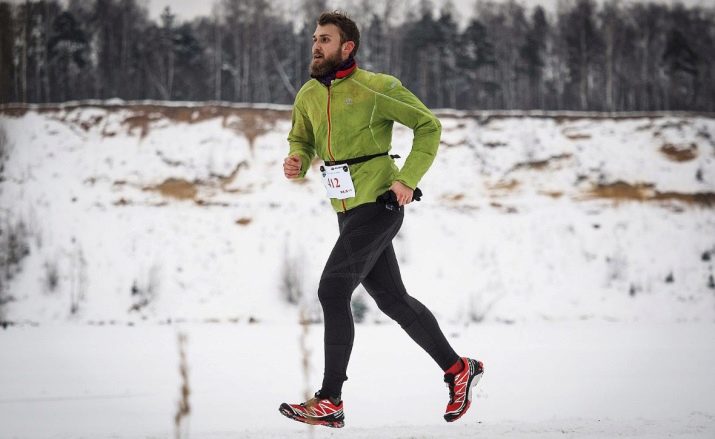
- Hypoallergenic. Many natural materials are capable of causing rejection in a certain group of people, due to which any contact with a provoking substance is fraught with an acute manifestation of the disease.As part of fleece fibers, only proven hypoallergenic materials are collected, therefore, clothes and blankets for children are often made from it - the category of people most susceptible to allergies.
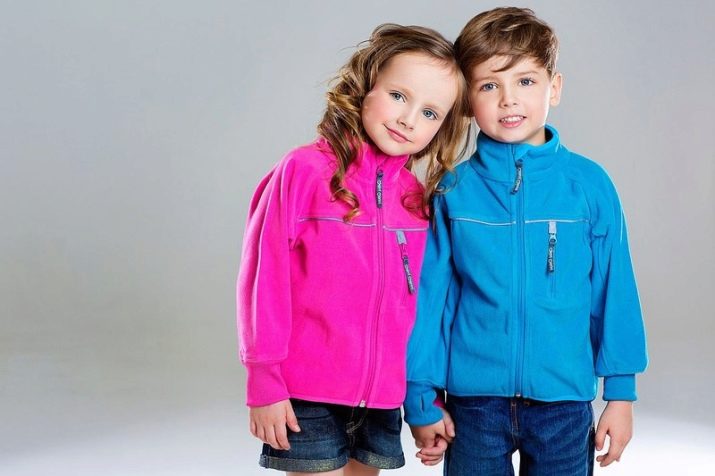
With all the advantages among the characteristics of fleece, there was a place for disadvantages. There are relatively few of them, but it is necessary to know about them - perhaps they will force you to abandon the use of this material.
- Flammability. The original fleece, introduced in 1979, was still that kind of fire hazard. By itself, it remains so today, but manufacturers have long invented a processing method that eliminates this disadvantage. Another thing is that the buyer cannot know in advance whether it was his thing that has undergone such processing, and therefore the risk always remains.
- Electrification. Fleece things quite easily and quickly collect current on themselves, which in the modern world is increasingly considered a sign of low-quality clothing.
- The ability to collect dust. The static charge accumulating on the fleece fabric helps to attract dust, and a large number of cavities in the fabric structure only contributes to its accumulation. If a person is not particularly susceptible to it, then this will not be a big problem, but in some people it causes bright bouts of allergies.
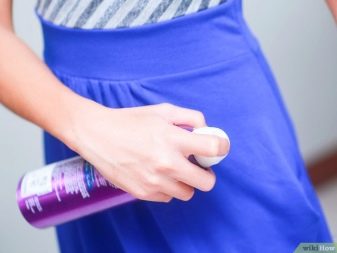
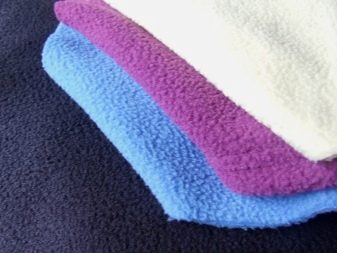
Varieties
Fleece is not even so much a specific material as a group of different types of fabrics, each of which has its own characteristics and may be more or less suitable for specific tasks. The classification criteria can be texture (one-sided or two-sided) and many other parameters, but we will consider only two main ones.
By density
Fleece does not imply any standard indicators, each manufacturer can change the same density at his own discretion. As a result of such manipulations, actually different tissues appear with a different degree of heat preservation, therefore, from the same matter (judging by the name), things can be made for fundamentally different needs. This is best seen on the example of a specific classification.
- Thin fleece weighs only 100-200 grams per square meter. Sewing clothes from it is not entirely justified, since the material does not retain heat so well that it can be used on its own, without other clothes. The main area of application of such fabric is sewing thermal underwear, and it can also be used to make a lining for light spring and autumn jackets.
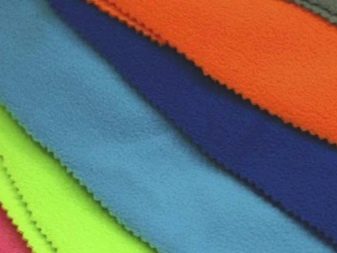
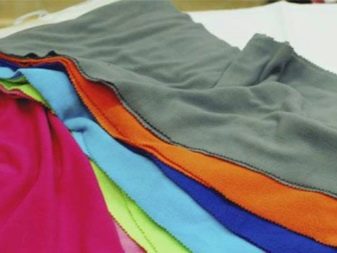
- Medium density fleece is already heavier - 200-300 g / m2... It is this kind of fabric that is usually used for sewing children's clothes, since with a relatively low weight of things, they provide decent protection from the cold in combination with other clothes. The same material is most often used for sewing gloves and hats.
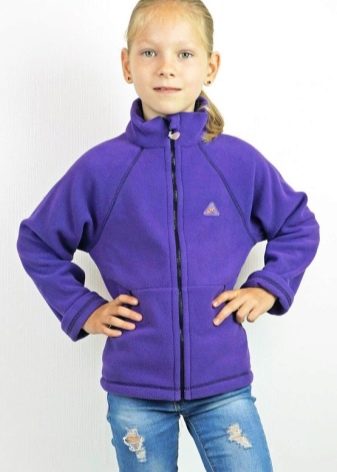
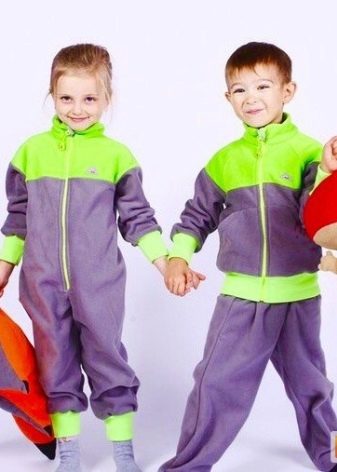
- Heavyweight fleece up to 400 grams per square meter is intended to solve serious problems with low temperatures, since it is distinguished by its considerable thickness and heat-saving ability. Winter outerwear is often sewn from this type of fabric, but it is most suitable for sewing warm blankets - under them, even in a relatively cold apartment, you can sleep undressed.
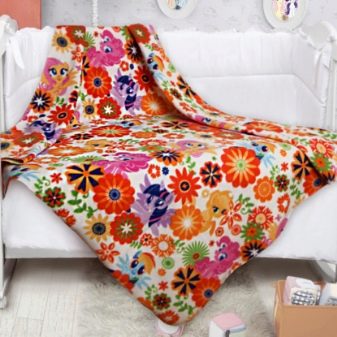
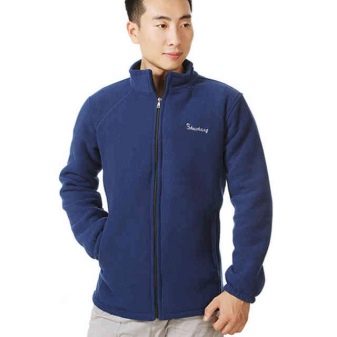
- Fleece material is called very dense, the density of which has exceeded 400 grams per square meter. (The maximum indicator is considered to be 600 grams). In our area, such fabric is not found everywhere - it is designed for rather harsh conditions, therefore clothes from it are sewn either for a very harsh climate, or for a long stay in the cold. In the middle lane, the main consumers of such products are usually tourists who go to the mountains or on winter outings with an overnight stay in a tent.

By composition and manufacturing technology
For the same significant differences in density, we can conclude that the technology for the production of fleece is described only in general terms - each manufacturer can introduce his own characteristics into the procedure in order to achieve an optimal result. Many companies have done this over the past four decades, with the result that they have begun to identify several specific types of fleece fabrics, whose names are often much more widely known than the actual term "fleece". It is difficult to list all of them, since the problem is even to simply count them, therefore we will single out only the most famous and emphasize their fundamental characteristics.
- Microfiber, or velsoft - a kind of fleece with increased strength and softness, the density is usually in the range of 250-310 g / m2. The key feature of microfiber is its elongated pile, thanks to which it is able to absorb significant amounts of water and dries very quickly. Such characteristics make it possible to use it for the production of various travel towels and cloths for wiping glasses.
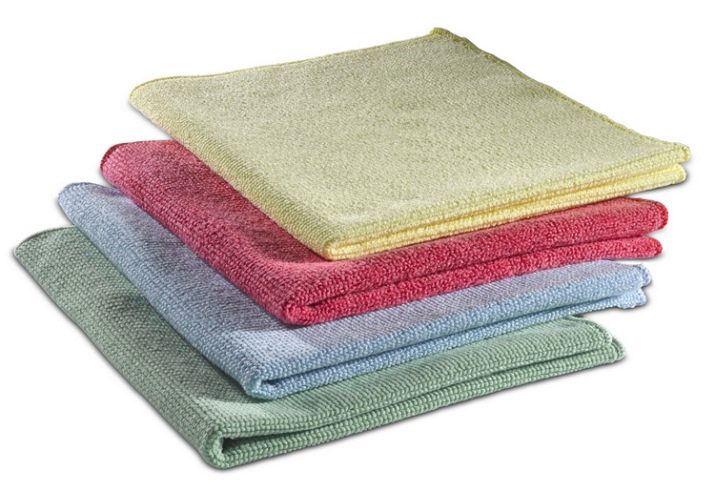
- MahraAlso known as frotte, it is composed primarily of cotton or linen, and although percentages may vary, this material is considered natural rather than synthetic. The pile is double-sided here, it is formed thanks to small loops of individual threads. Terry has a weight of 160-180 g / m2, and although it does not have outstanding thermal insulation properties, it is often used for sewing light blankets due to its pleasant touch.
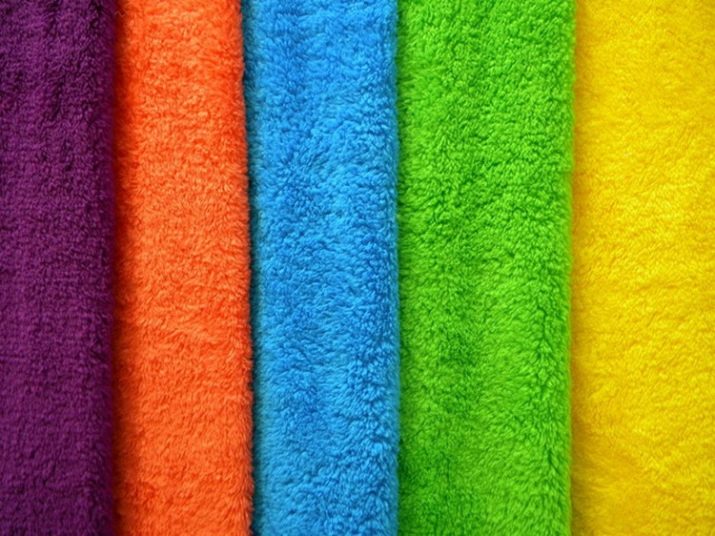
- Footer is made with a certain amount of cotton, which gives manufacturers a more durable material with increased water absorption. The fleece of the footer is observed only on one side, which reduces its thickness, practically without affecting the ability to retain heat.
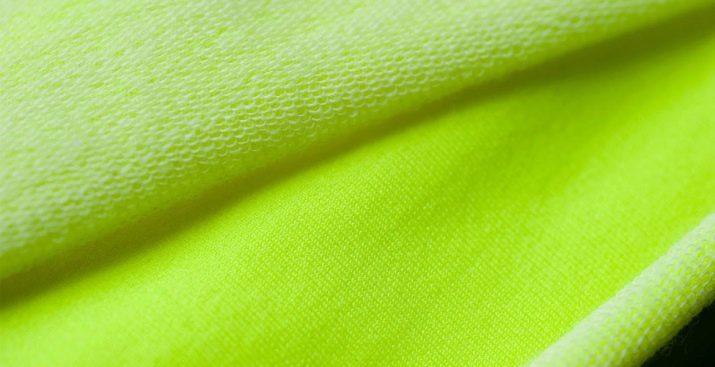
- Velours among all the fabrics described above, it is the most dense and, accordingly, warm. The density of this material varies greatly - from 220 to 420 g / m2, which affects the width of the layer of villi (3-7 mm). Velor is prized for being not prone to creasing and wrinkling, while it is characterized by high resistance to wear.
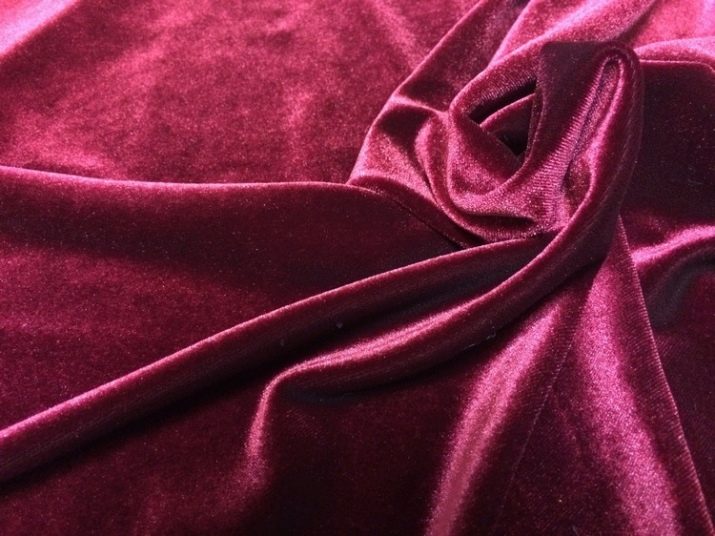
Usage
The positive properties of fleece in general, as well as the abundance of varieties, to one degree or another suitable for diverse tasks, determines the widespread use of this fabric in the modern garment industry. There is practically no such category of consumers that would have absolutely no relation to fleece things, and in all countries of the world that are distinguished by the presence of a cool season, fleece fabric is in great demand.
The ability to store heat, combined with its softness and reluctance to form wrinkles, has led to the fact that fleece has found widespread use in the production of sports and outdoor clothing.
Hunters and fishermen highly value this material, which can protect against severe winter frosts. Thanks to the latter, it is in demand in the sector of casual wear, and of a completely different type - from thermal underwear and socks through dressing gowns to "weekend" sweatshirts and vests.
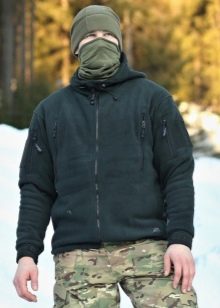

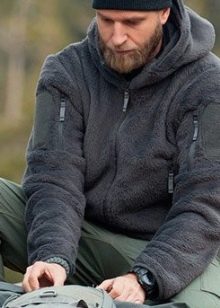
Fleece fabric is also very popular in the field of children's clothing, although it is appreciated here mainly for other reasons. The main factor is the impressive softness of things made of fleece, which children really like, as well as the complete hypoallergenicity of such material, which completely deprives parents of the need to look for the cause of a child's sudden "cold". If the child is well dressed in several layers of clothing, a fleece jumpsuit in combination with a hat and gloves made of the same material will complete the insulation of the baby. For all the carelessness of children, fleece clothing is also a safety criterion for them, because bacteria do not like to settle in it, which prevents the risk of various diseases.
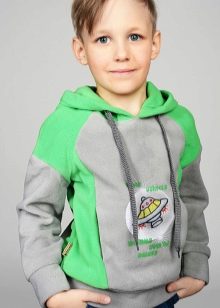
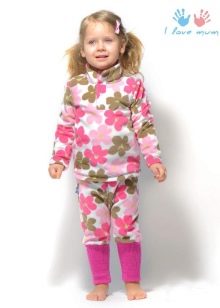
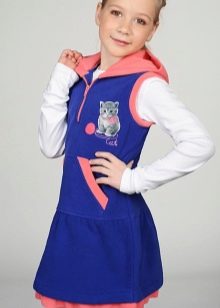
Since we are talking about products for children, it should be noted that soft toys are also produced using fleece. The advantages of using it in this way are the same - softness, hypoallergenicity and antibacterial environment, but these advantages are also added to the ability to paint fleece things in any bright colors, and the product will be resistant to shedding.
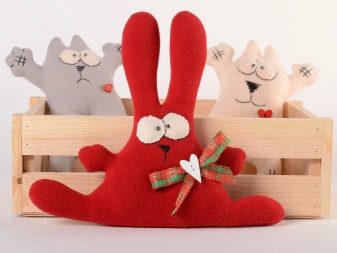
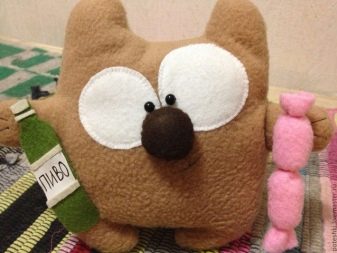
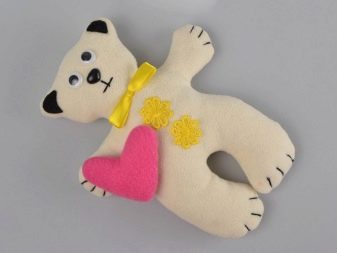
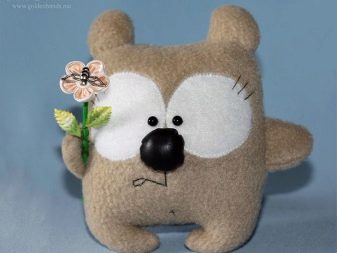
Fleece fabric is directly related to bed and sleep, because of its various varieties, blankets and blankets are sewn, as well as colorful bedspreads.
At the same time, the unpretentiousness of the fleece fabric and its ability to pass moisture without absorbing leads to the active use of the same fabric as upholstery for upholstered furniture - sofas and armchairs. In this case, it is also possible to manufacture upholstery for mattresses and pillows from the same fleece.
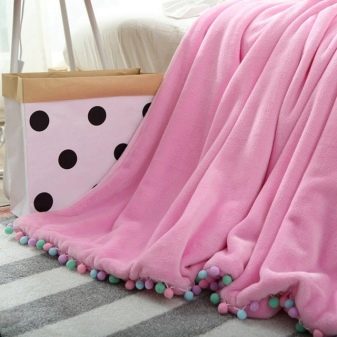
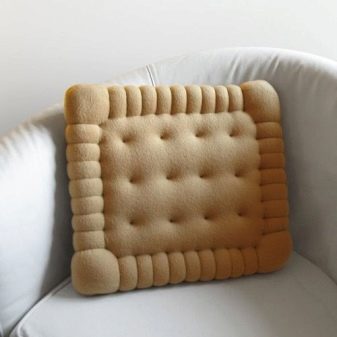
Care features
The positive side of using fleece items is that they can be washed in the washing machine, but not everything is so simple. First of all, synthetic fibers do not like high temperatures, therefore, it is not recommended to wash them at temperatures above 40 degrees, much less to iron them - after that you should not be surprised if the fabric sat down or began to show any other negative signs that were not originally characteristic of it ... Often, the fabric shrinks after washing, and because the temperature was maintained during washing, but then the owner "guessed" to hang the product for drying on a hot heater.
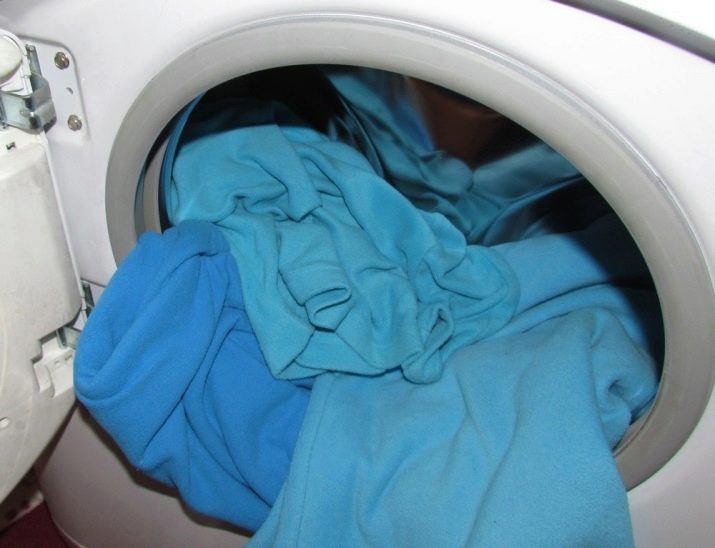
Fleece is a complex matter, it consists of numerous components, each of which can have special properties.
All the useful characteristics of a fleece fabric are relevant only as long as all the components individually remain intact, therefore it is very important not to use anything that could harm delicate fabrics when washing. For this reason, fleece is usually washed in a gentle wash; the use of various chemical softeners and bleaches is strictly prohibited.
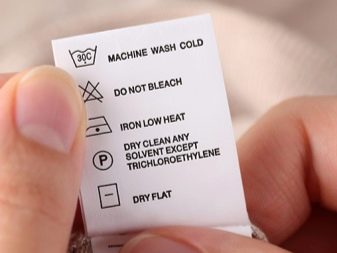
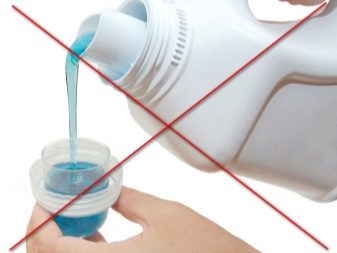
It is not recommended to twist the fleece products after washing - they dry quickly even without it. Drying and storing them is usually recommended on ordinary clothes hangers, but if there are none, or there is nowhere to hang them, the clothes can even be folded neatly.
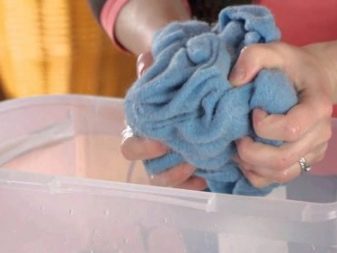
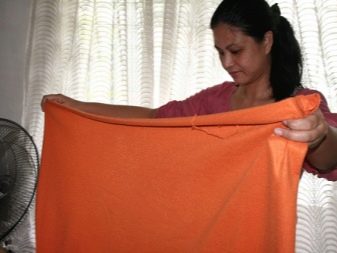
Fleece-lined toys should not be washed, but if they are small they can be dry cleaned effectively. To do this, the toy is placed in a whole and rather thick plastic bag, after which about a quarter of a glass of ordinary baking soda is added there. Then the bag is tied tightly and begins to shake vigorously - this takes at least a minute, it is assumed that the soda should come into contact with the surface of the product everywhere, and in some places even penetrate inside. In contact with dirt, soda should bind the latter and pull it out to the surface, therefore, the product removed from the bag at the end of the procedure is carefully wiped off with a dry brush.
For information on how to care for your fleece clothes, see the video below.








